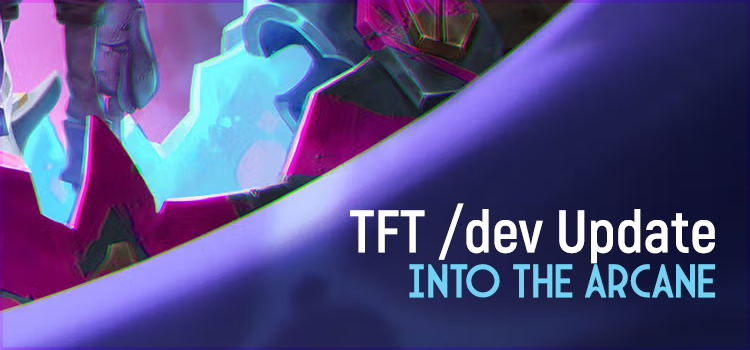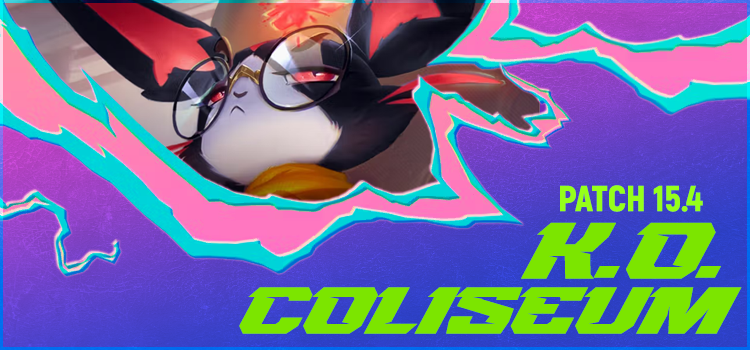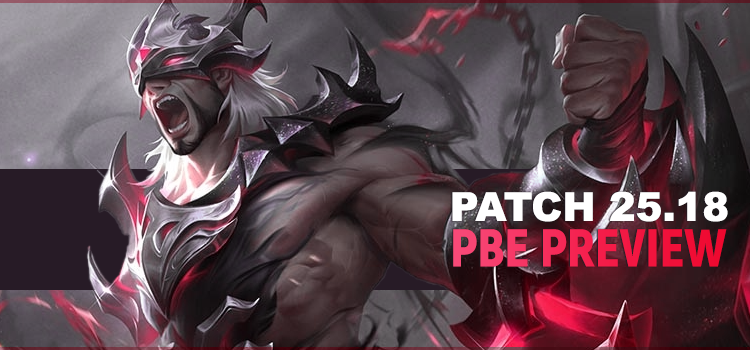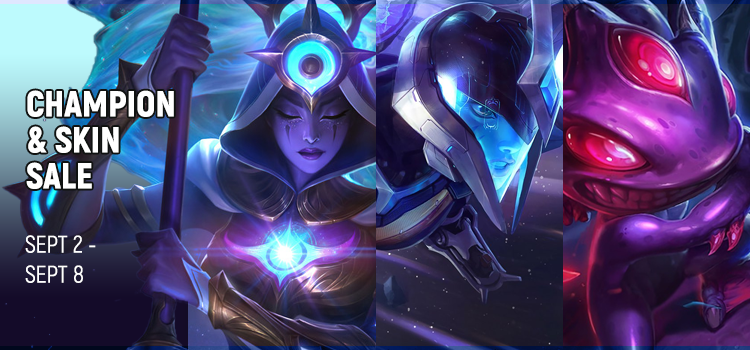Into The Arcane is nearing its end, and in the latest TFT /dev article, Riot has reflected on what they've learned from Set 13.
Into The Arcane had a uniquely difficult position. It wasn't just a new TFT set like any other, but one that meant to allow players, in some way, to experience Arcane in video game form. This intention informed the idea to add a whole ten whopping new non-League of Legends units into the set, something that hasn't been done before, and is understandably an ambitious and difficult endeavour.
Riot acknowledges a couple of problems with this. There is a concern that for players who are not Arcane fans, the set was a miss in terms of the ability to run units they were more interested in or familiar with. Fans were not inspired to run Steb or Loris, but would've wanted to run comps centred around Yasuo or Syndra. On the other hand, Sevika and Smeech were instant favourites, as more popular TV show characters.
Beyond units, Into The Arcane's central mechanic, The Anomaly, was also intended as a way to experience the TV show in a unique way. It wasn't meant to be a colossal game changer, but just a piece of the set's identity.
Because the set was synchronized to the tilt, so that it was up and running when the first act of Season 2 was released, there was a lot of time pressure on the team to ensure everything was perfectly timed. This led to shortened PBE cycles, more difficulty with balancing, and bugs slipping through the cracks.
Evolving Set / 6-Costs
Because of the aforementioned need to synchronize the TFT set with the TV show as it was airing, the dev team intentionally didn't include a few key units in the set from the very beginning. When they did add Mel, Warwick, and Viktor, they introduced them as high-impact 6-cost units. While this did arguably have the intended effect, it also might have meant that the set, on release, felt obviously incomplete.
Overall Riot is happy with the staggered release approach because the reception of the 6-costs felt appropriate - it was a big deal! However, when it comes to the game itself, 6-costs were a bit hit or miss. In the end, there was no great strategy involved in finding or fielding these units, it was just luck. That might have led to some frequent “feels bad” moments when the enemy happened to roll a game-changing 6-cost early on.
Additionally, 6-costs were simply too powerful. They had too much utility because they didn't, aside from Warwick, slot into comps neatly due to their lack of traditional traits. They were eventually fine-tuned, with more changes coming in patch 13.6, but the changes were arguably far too late.
Anomaly Mechanic
Overall Riot is happy with how the Anomaly mechanic felt and played out. It was a pretty successful set mechanic, especially after the first few patches. The major issues revolved around the reroll mechanic, as well as a perception that one single Anomaly was always better than a different option. Usually, players want more variance, so it was important that it felt like a great variety of Anomalies would be a good addition to your comp, not only one or two.
In the end, even after attempting to balance out the Anomalies to an even stage, the most-picked Anomalies remained broad, universally useful powers rather than niche applications. This might be a reflection of the fact that it's difficult or uninteresting to the average player to imagine niche uses for niche anomalies, which might be a failure on the part of the mechanic.
However, overall, as mentioned, it was a successful addition. Riot intends to revisit the idea of powering up or changing a unit beyond Augments and items in the future.
Augment Design
The most unique addition to Augments in Into The Arcane were undoubtedly the Team-Up Augments. With one of these augments, you could activate a unique trait by fielding two specific Arcane characters. For example, you could activate the Sisters trait by fielding Vi and Jinx, and both units would be more powerful than without this augment active.
The fantasy thes provided were great, but the power and gameplay excitement felt a little lacklustre. A lot of the power of the augments came from the ability to gain powerful units early on, which meant that the strength of the buffs had to be lesser in compensation. 6-Cost Augments had to be similarly balanced, so the power in obtaining this Augment was strictly economical rather than anything else. This is considered a miss by Riot, according to the /dev article.
Opening Encounters
Opening Portals were replaced by Opening Encounters in Into The Arcane. How did that land? Overall, Riot is happy with this decision. There is still some freshness to each game without the unnecessary voting process that could've felt meaningless.
In general, no Opening Encounter felt like they ocurred too frequently, which was the intended goal. One thing they are taking away is that Opening Encounters should never feel like they drastically shift the core of the way you play TFT. In the future, they will be ensuring that no Encounter feels the way that Warwick's Hunger did.
The Chem-Baron Problem
Fortune-esque Traits are nothing new. Chem-Baron is another spin on the gameplay of losing on purpose, but in a way that doesn't actually make you the game. It's a fun minigame of sorts for players who enjoy a more high risk high reward playstyle. Chem-Baron's uniqueness came from the fact that their cash-out mechanic actively empowered the units of the traits, which was a cool space to explore.
However, Chem-Baron was plagued with balancing issues from start to finish. It started off too weak, which was overcorrected, and again and again, patch in and patch out.
The cashout rewards were also not a great success overall. Some of the items felt interesting and novel, but most of them felt lacklustre compared to the kinds of rewards previous Fortune-based traits offered.
Multi-Choice Traits
Form Swapper was another novelty to TFT. These were units you could field in the melee or ranged slot and the position would determine their stats and abilities. This effectively made every Form Swapper two units rather than one, which was a lot of extra work. Form Swapper might be the most successful multiple-choice trait they've done but it seems like they were not executed exactly as they were intended. While Swain and Jayce could be seen in either position, Elise and Gangplank played out more like a traditional unit, because one form was obviously superior to the other.
Festival Revival
Modernizing Festival of Beasts had its challenges, but the Revival set was overall a major success. The Revival peaked at just under half of total TFT hours globally. The major issues revolved around combat pacing. In the past, units and traits could be incredibly oppressive, and there were tools to counter them such as specific items that are no longer in the game. A large patch change was shipped shortly after the release of the Revival Set to course correct however, so hopefully the right balance was struck by the end.












